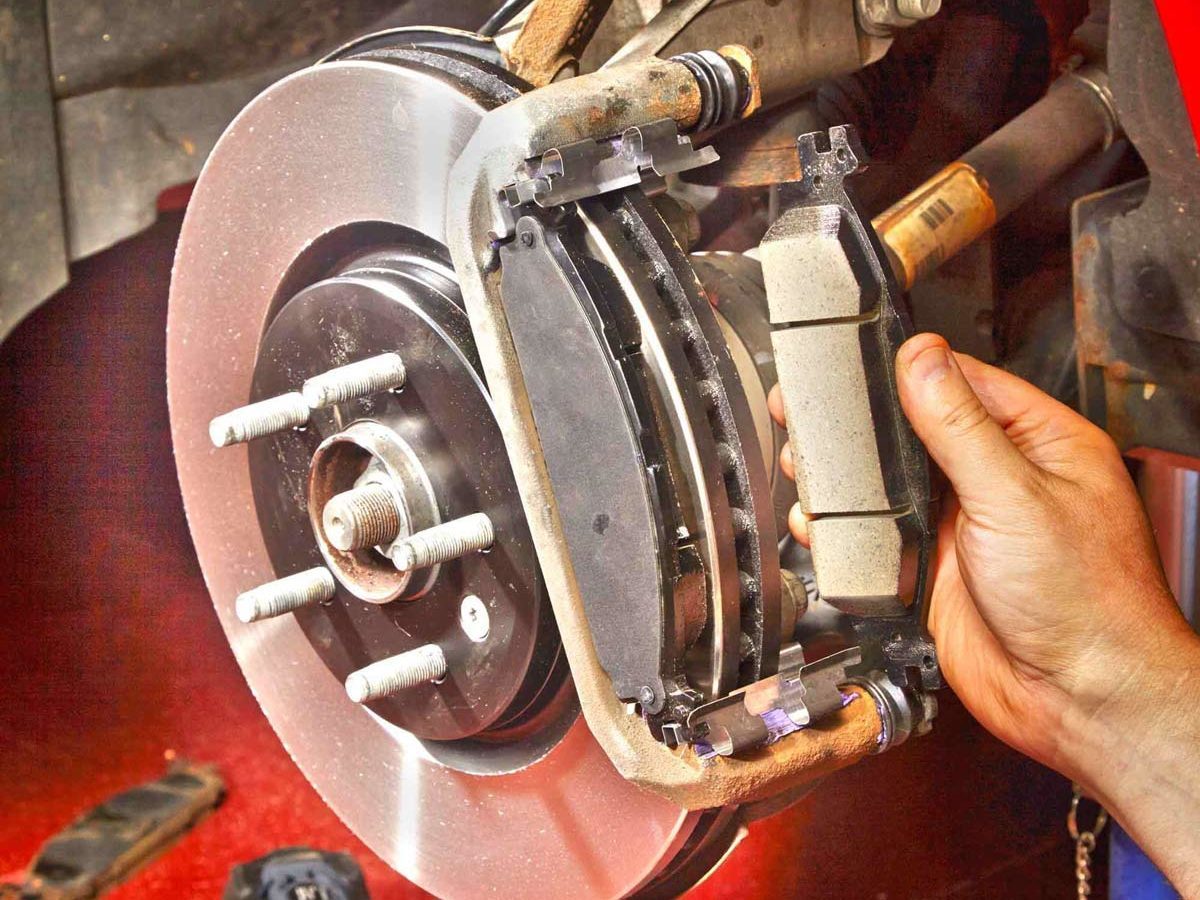Be sure to take a look at these items on your car before winter strikes
18 Car Maintenance Tasks to Do in Fall
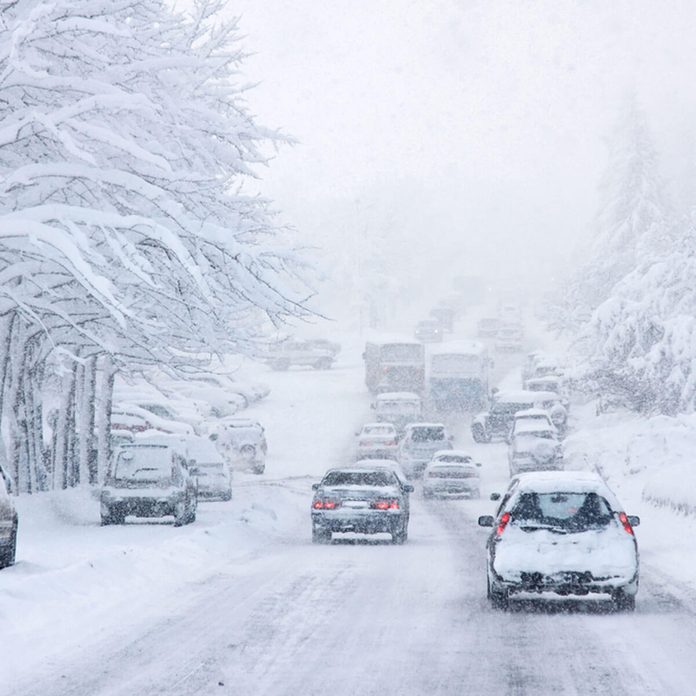
Get Prepared for Winter Driving
The fall is the time to get your car maintenance tasks done before temperatures drop because once the temperature drops, the performance of your vehicle can be affected. These are some of the car maintenance tasks to get done in the fall so you’re ready for winter driving.
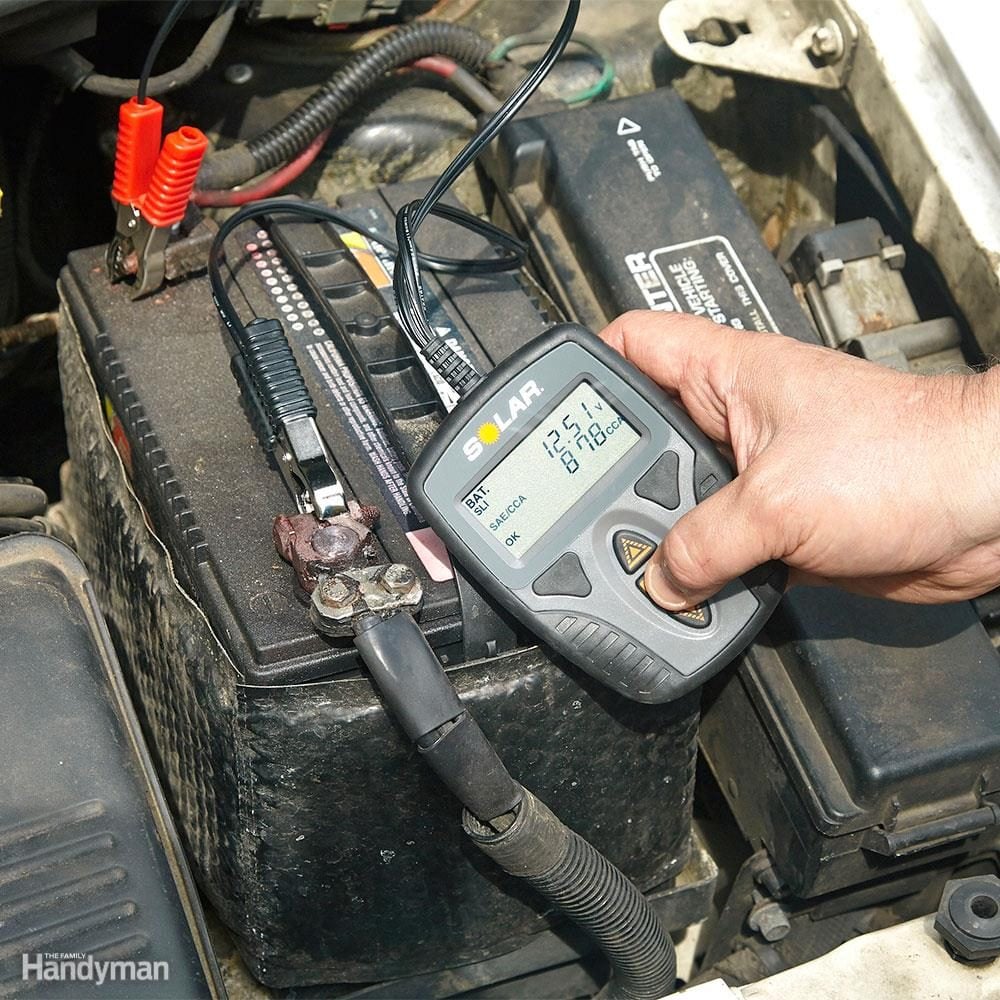
Test Your Car Battery
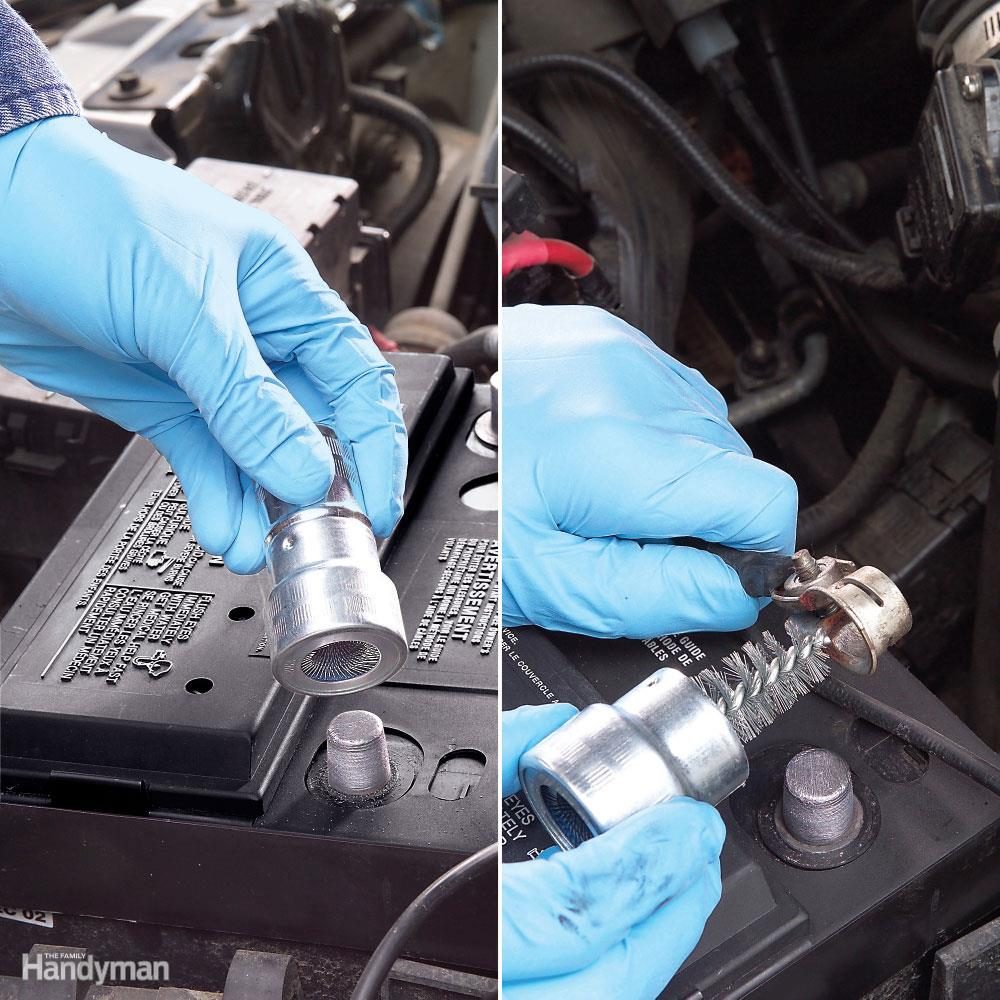
Clean Your Battery Terminals
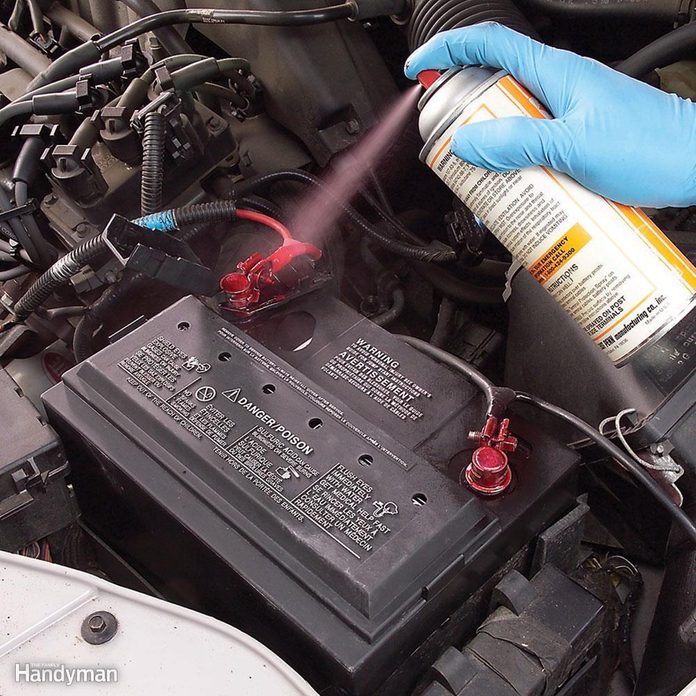
Protect Your Battery Terminals
Reduce future battery terminal corrosion with a battery terminal protectant spray. Once the battery terminals are cleaned and re-installed, spray each terminal with a liberal coating of battery terminal protectant spray (around $8 on Amazon).
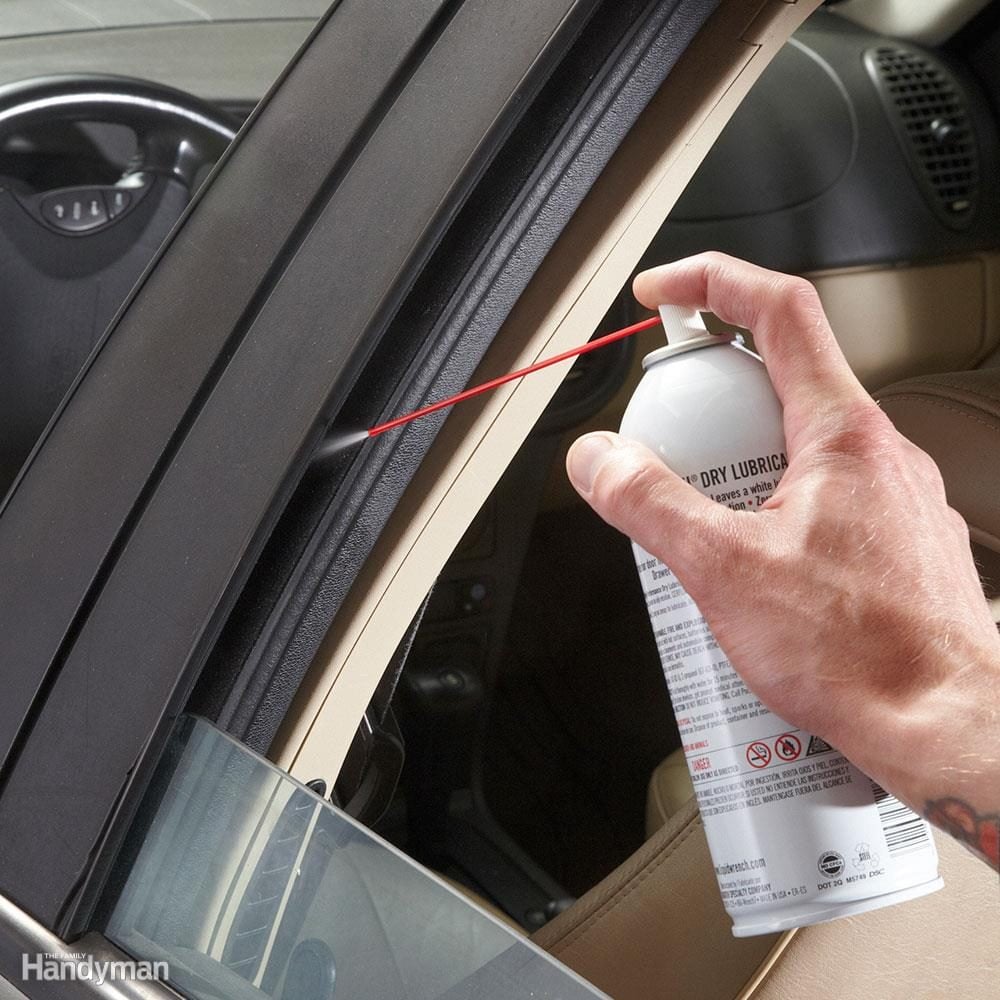
Lubricate Window Tracks
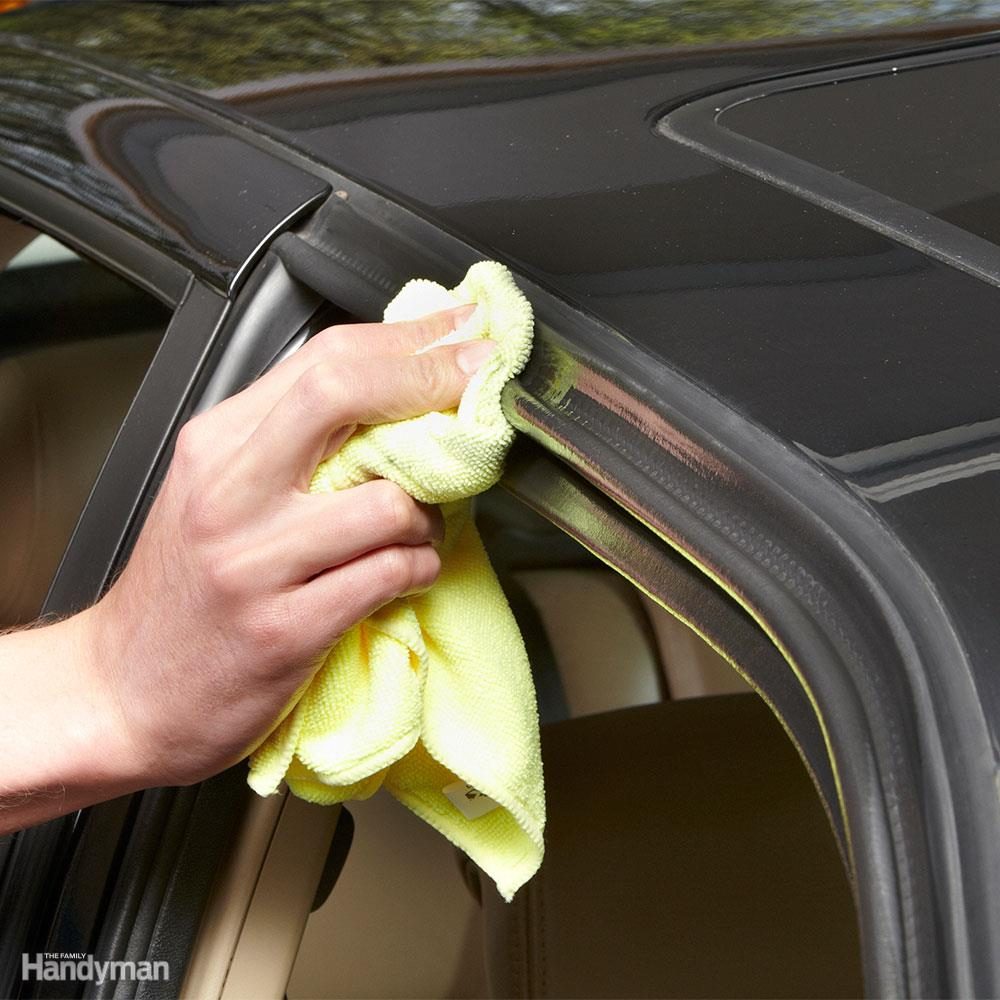
Lube Weather Stripping
If water seeps between your door and weather stripping and freezes, you could be frozen out of your car or truck. To prevent the water from freezing you out, coat both the weather stripping and the mating door surfaces with spray silicone. To avoid spraying silcone into your car's interior, spray it directly onto a clean rag. Then wipe the silicone lube onto your door and trunk weatherstripping. Repeat the procedure on door mating surfaces and the truck lid.
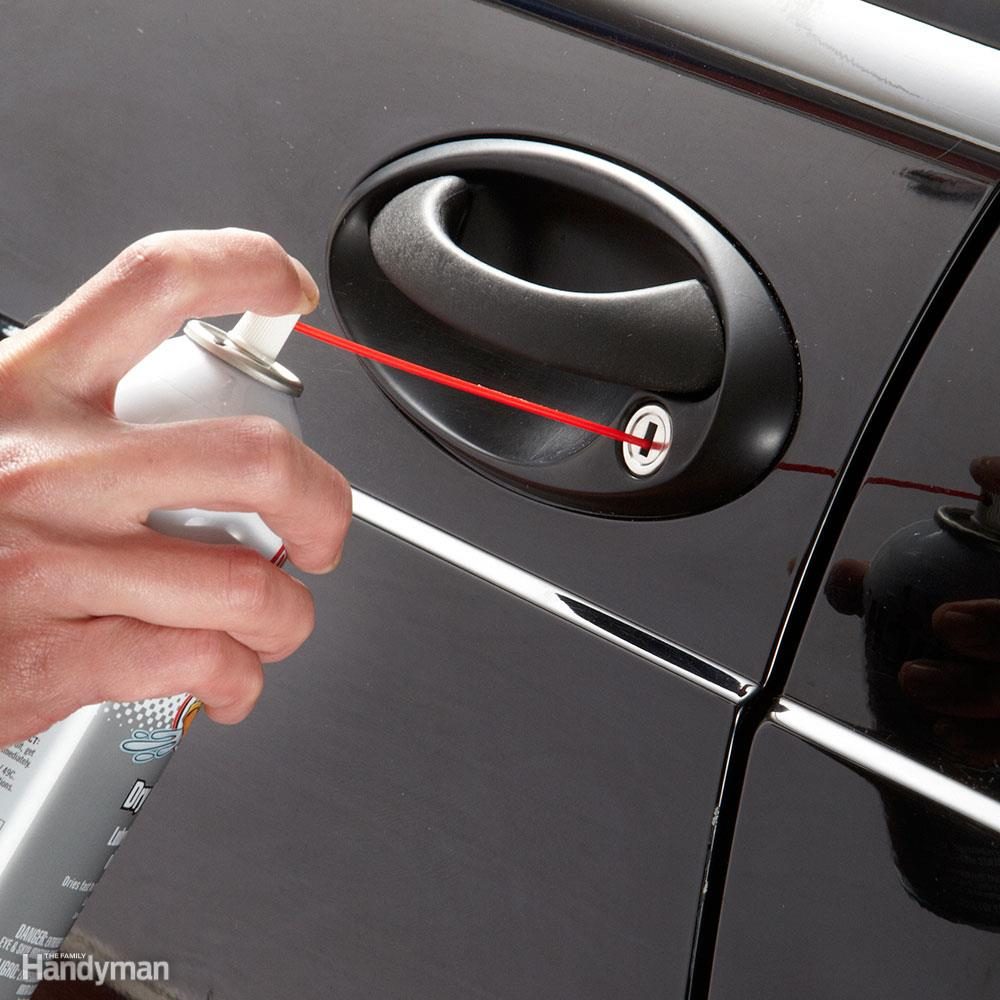
Lube Your Door Locks
You probably don't use your door and trunk locks very much if you have remote keyless entry, but that's no reason to ignore them. In fact, if you don't keep the lock cylinders lubricated they'll corrode, making it impossible for you to use your key. If your key fob battery ever dies, you'll be locked out and have to call a locksmith. Lubricating door and truck lock cylinders is easy. Puffing graphite lock lubricant into the keyway works well, as long as you don't overdo it. Dry Teflon spray lube is another option. Shake the spray can to distribute the Tefllon and shoot the liquid into the lock cylinder. The solvent will dissolve any sticky parts. Once the solvent evaporates, the internal lock parts will be coated in Teflon particles, allowing the lock to operate smoothly. Learn how to lubricate all the parts of your car here.
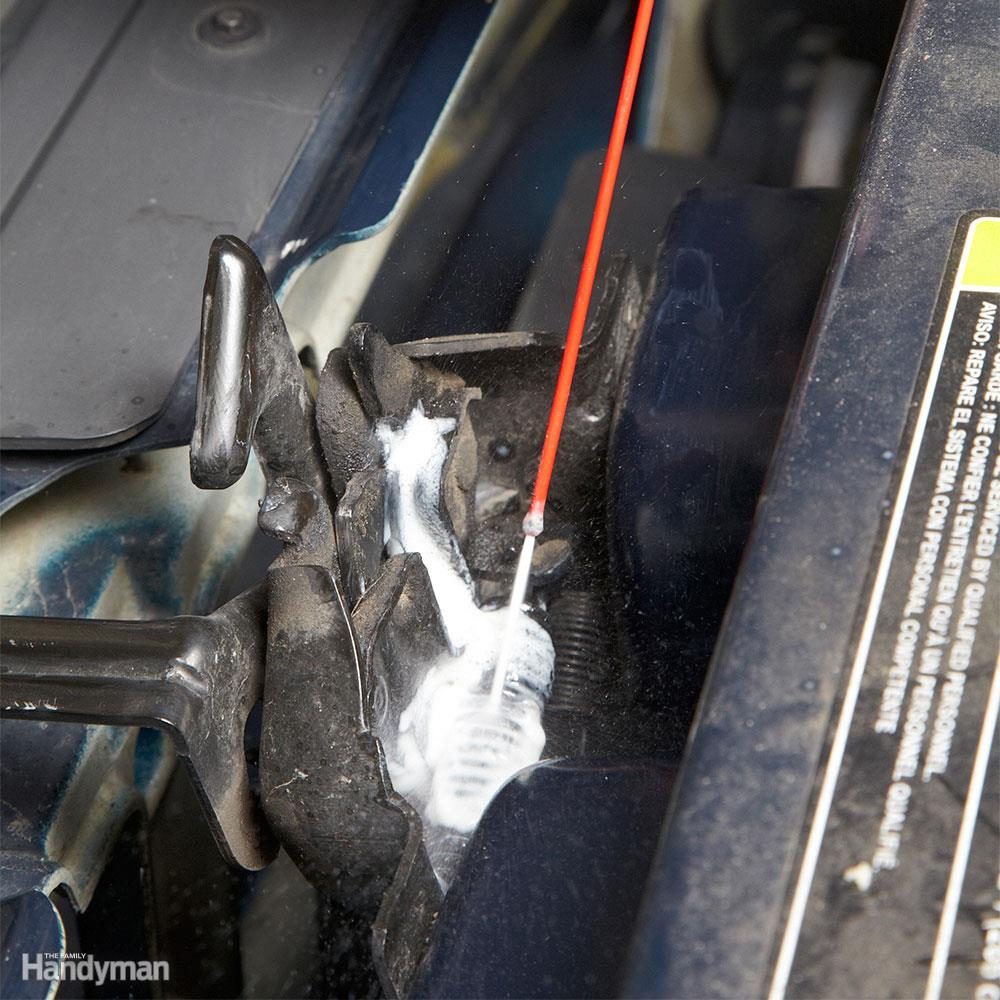
Lube Latches and Hinges
The last thing you want to deal with when you've got a dead battery is a sticking hood latch. Since the latch mechanism sits right behind your grille, they corrode and seize from all the salt spray that gets kicked up by the cars in front of you. You can prevent that corrosion by lubricating the latch mechanism before the snow flies. Just pop the hood and soak the latch with spray lithium grease. Open and close the hood a few times to work the lube into the latch and spring mechanism. Then close the hood and forget about it for the rest of the winter. It'll pop open without any problems when you need to get under the hood.
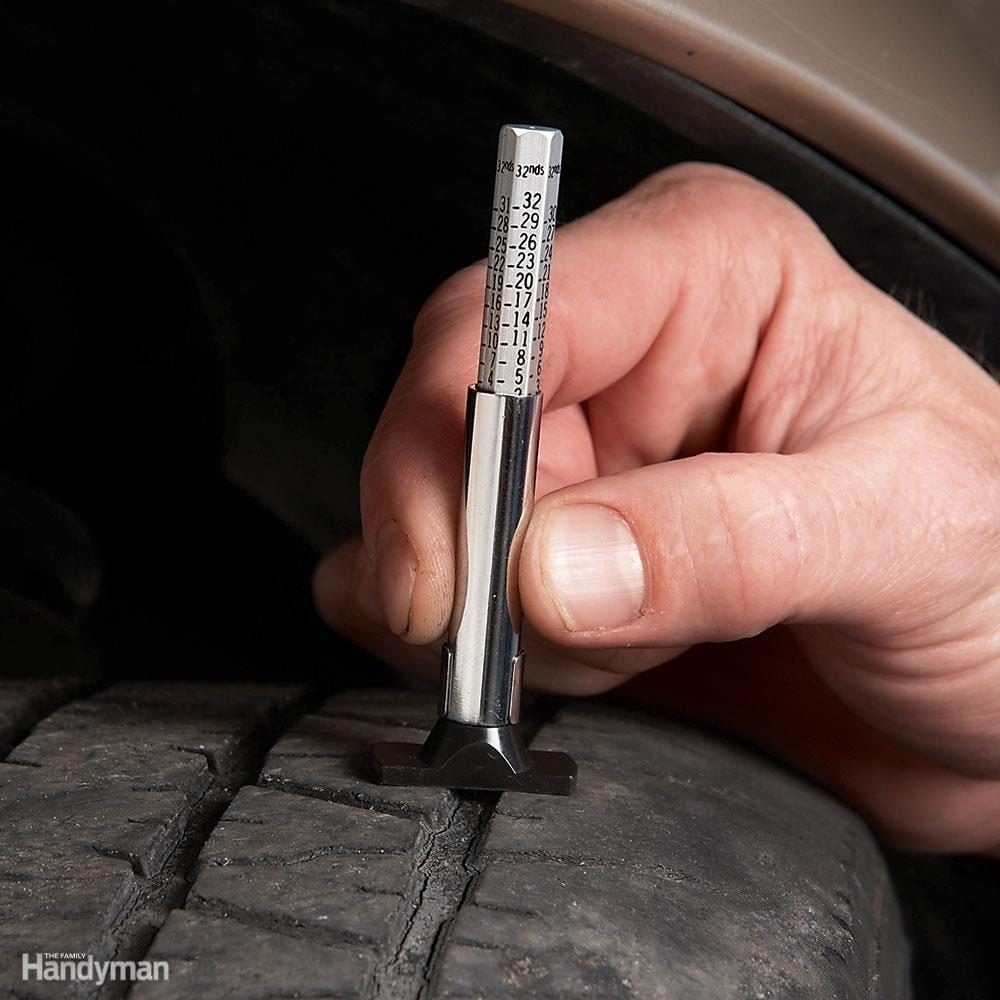
Check Tire Tread Depth
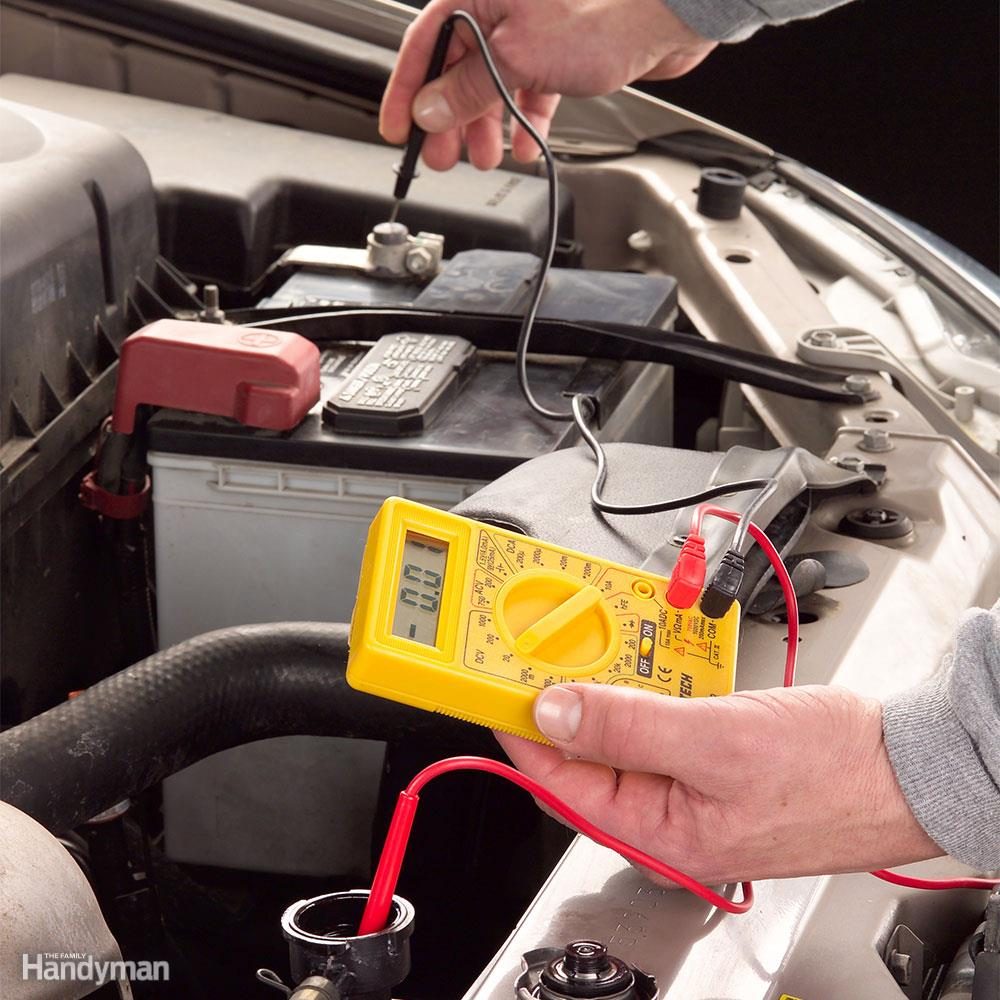
Check Your Coolant
Engine coolant does more than protect your engine from freezing and cracking. Coolant also contains anti-corrosive additives and water pump lubricants to keep your entire cooling system in tip-top shape. Test the level of your coolant's freeze protection using an inexpensive tester. Suck in some coolant from the coolant reservoir and read the results on the scale printed on the tester. But don't stop there. Just because coolant tests ok on the freeze protection doesn't mean the additives are in good shape. To check that, you'll need a digital multimeter. Begin with a cold engine. Remove the radiator cap and start the engine. Set your digital multimeter to DC volts at 20 volts or less. When the engine reaches operating temperature, insert the positive probe directly into the coolant. Rev the engine to 2,000 rpm and place the negative probe on the negative battery terminal. If the digital meter reads .4 volts or less, your coolant is in good condition. If it's greater than .4 volts, the additives are exhausted, and you may be in the market for a new radiator, a water pump or a heater core in the future. All of those are far more expensive than a simple coolant change. Learn more about how to test coolant here.
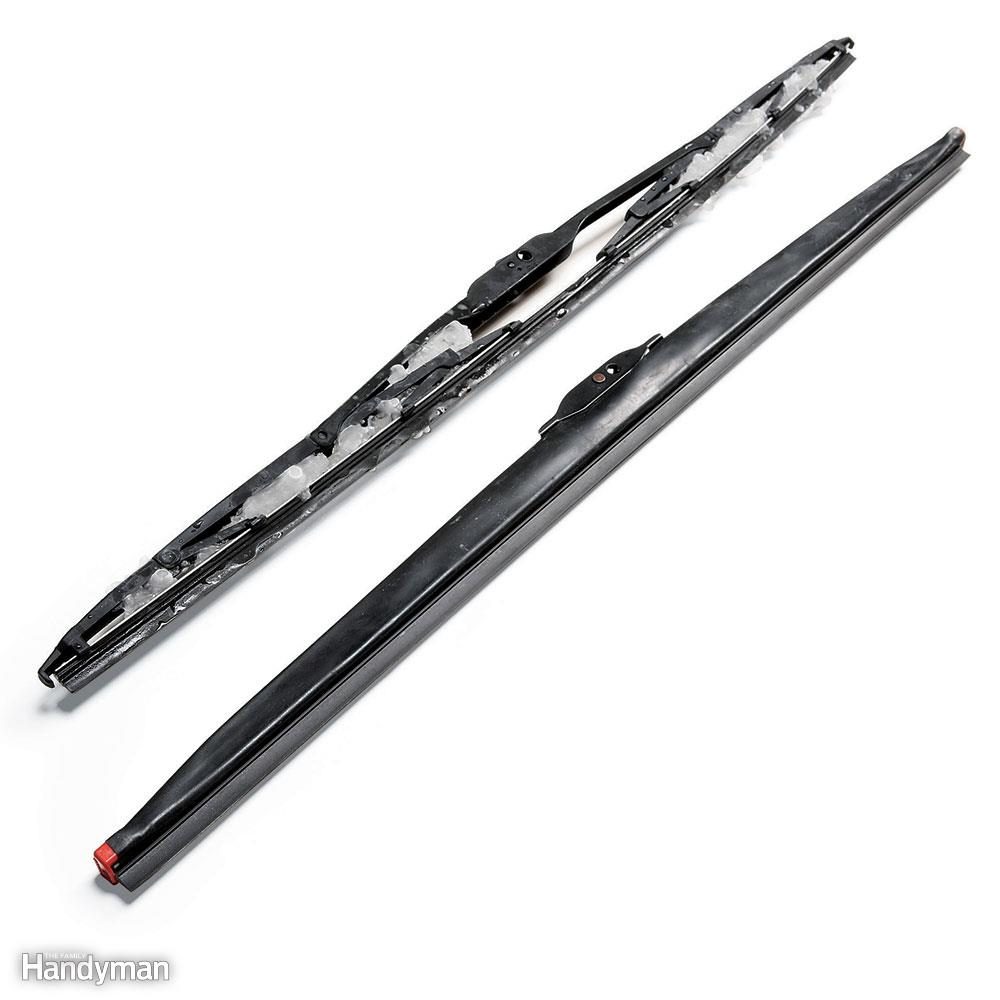
Switch to Winter Wiper Blades
Ordinary wiper blades get packed with snow, causing the blade to streak or miss large swaths of your windshield. Winter wiper blades eliminate that problem. The entire blade is wrapped in a rubber boot that prevents ice and snow from sticking or packing. They make for much better visibility and safer winter driving. Find winter wiper blades at any auto parts store for around $12-ea. Remove your old wiper blades and store for use again next spring. Then snap on the winter wiper blades and see clearly all winter.
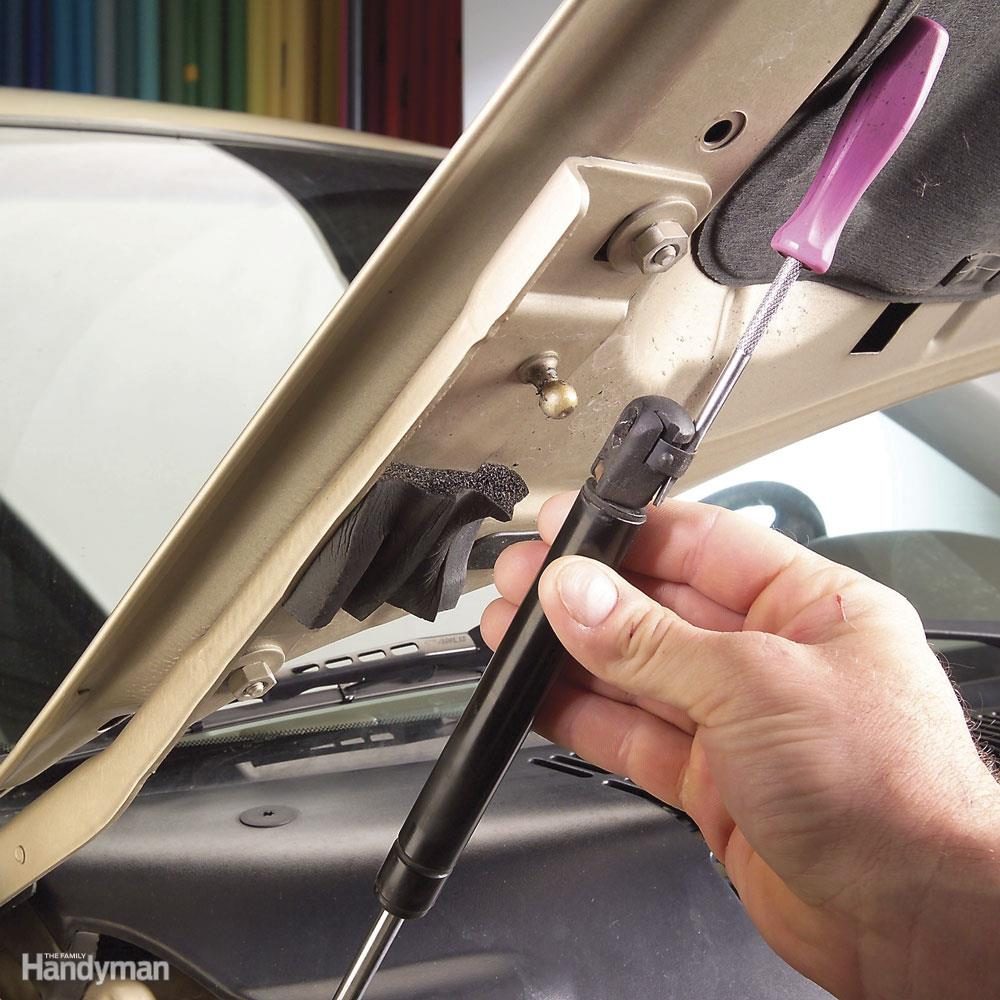
Check and Replace Your Hood Lifts
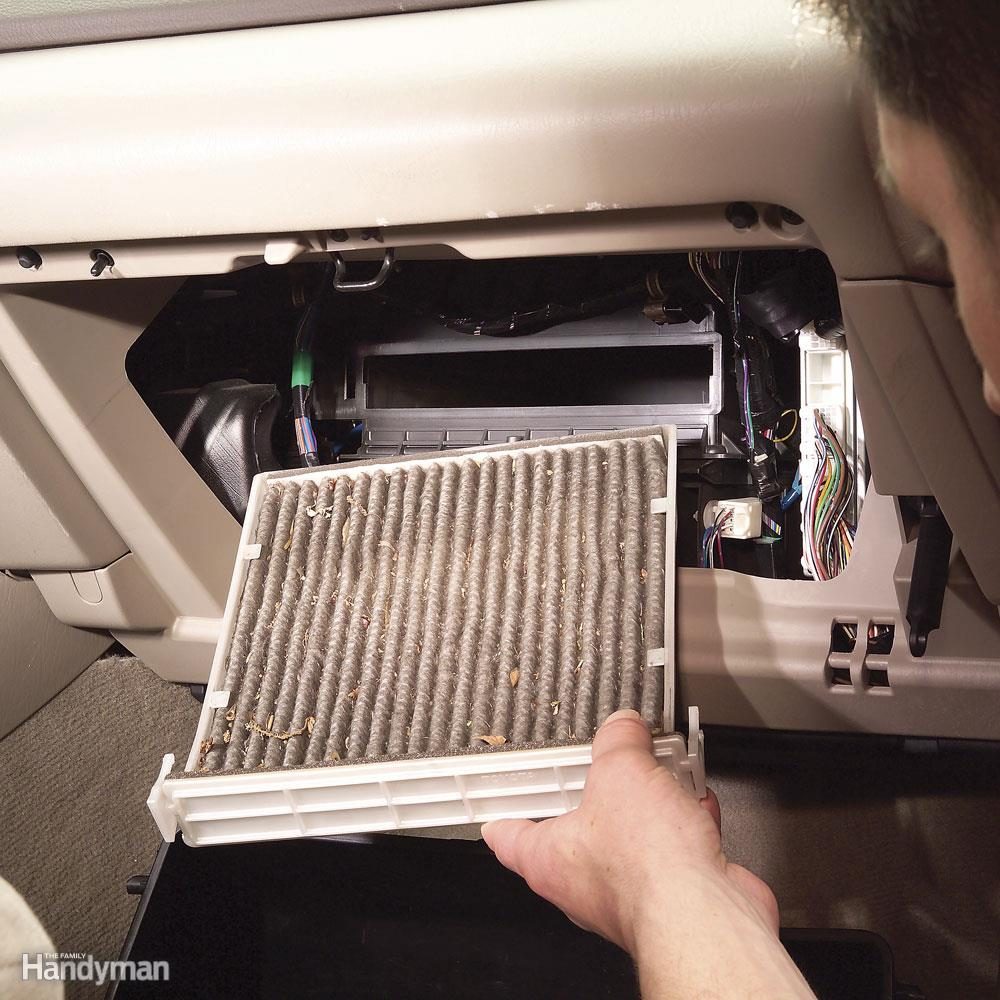
Replace the Cabin Air Filter
Cabin air filters are one of the most neglected maintenance items on late model cars and trucks. You may think its unimportant, but a clogged cabin air filter can dramatically reduce airflow through your car's heater, stressing the blower motor and over heating the blower motor resistor. Blower motor replacement on some cars can cost as much as $400, so it really pays to replace you cabin air filter before heating and cooling season. Buy a replacement filter at any auto parts store for less than $20 and refer to the installation instructions shown in your owner's manual. See what's involved in a typical installation here.
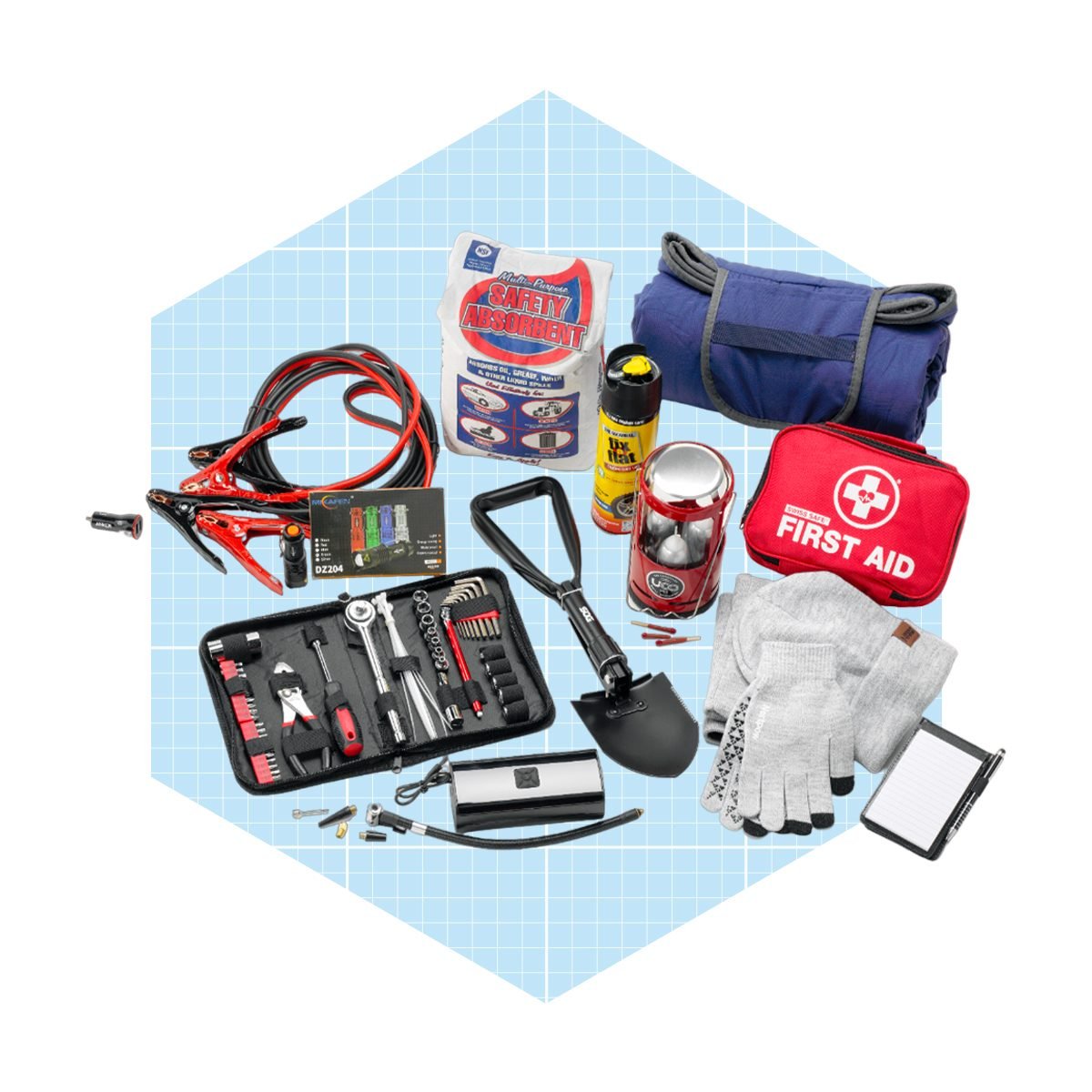
Build Your Own Winter Survival Kit

Check Your Headlights
The UV coating on plastic headlights degrades over time and the lenses turn cloudy, reducing road illumination by 70 percent. You don’t have to replace the entire headlight to see clearly again. Just buy a headlight restoration kit (about $25) at any auto parts store. Then pull out one of your low-beam headlight bulbs and examine it. The glass should be crystal clear. If you see gray or brown deposits on the inside of the bulb, it’s time to change headlights. Those deposits can reduce nighttime visibility by almost 300 ft.
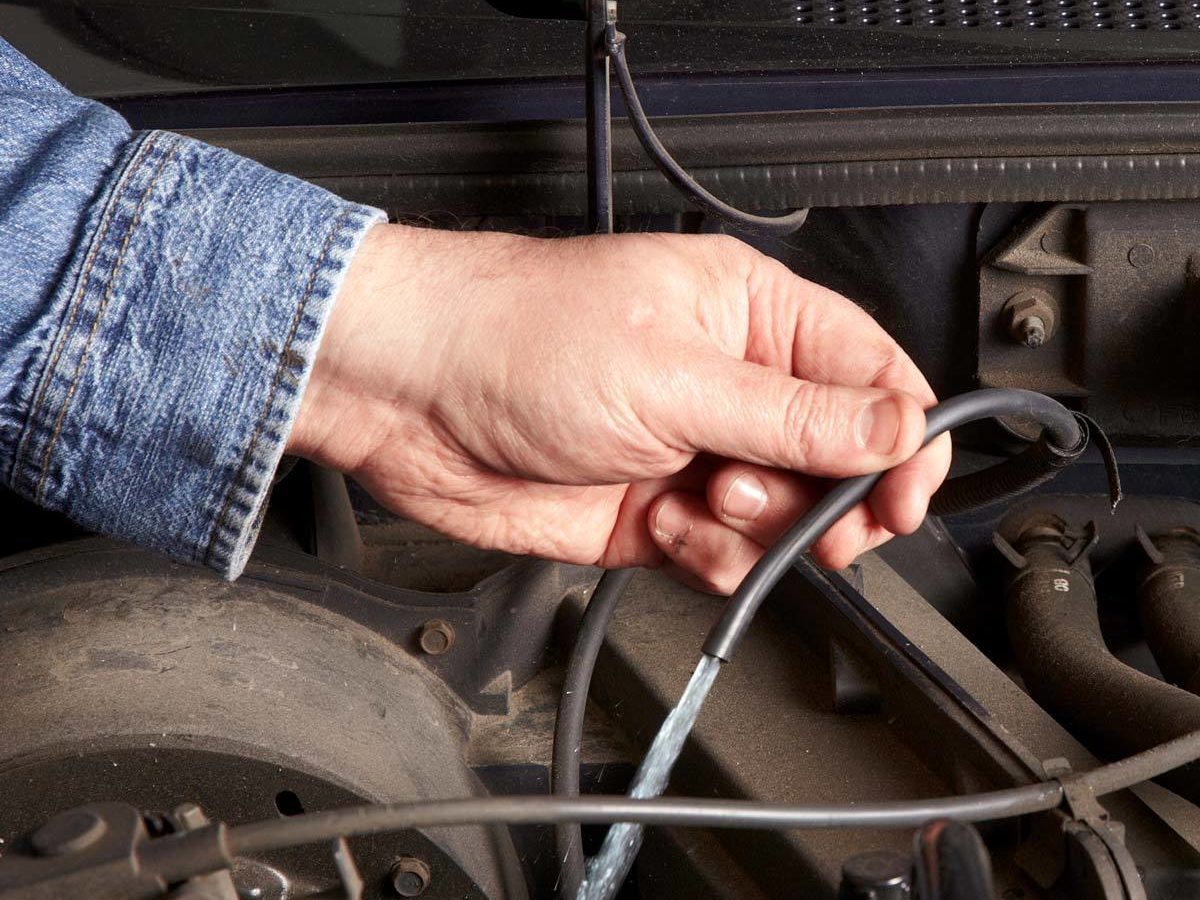
Prepare Your Wiper Fluid
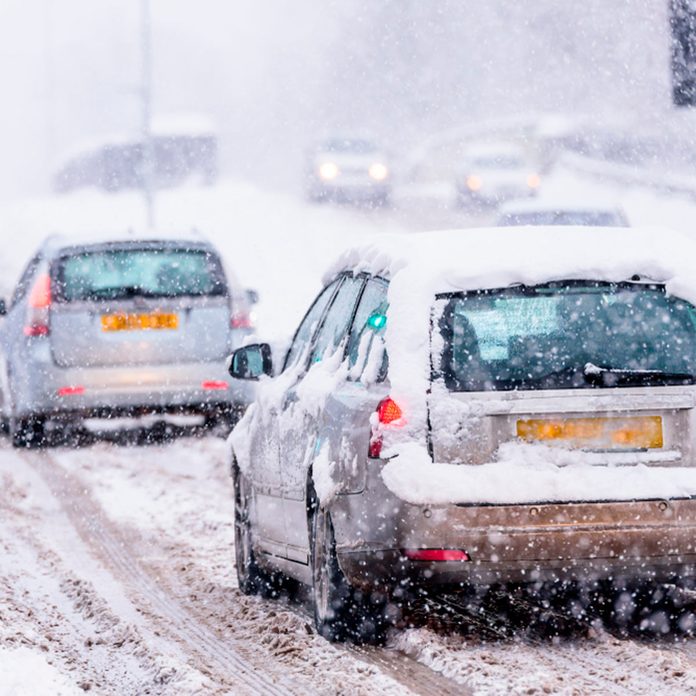
Switch to Winter Tires
Snow tires and all-season tires provide extra traction to help cover icy terrain and to winterize your car. If your local city allows these tires, look to see where and when they are recommended. Changing your tires over a couple times a year is worthwhile in snowy areas. And this may be required by law in bad conditions.
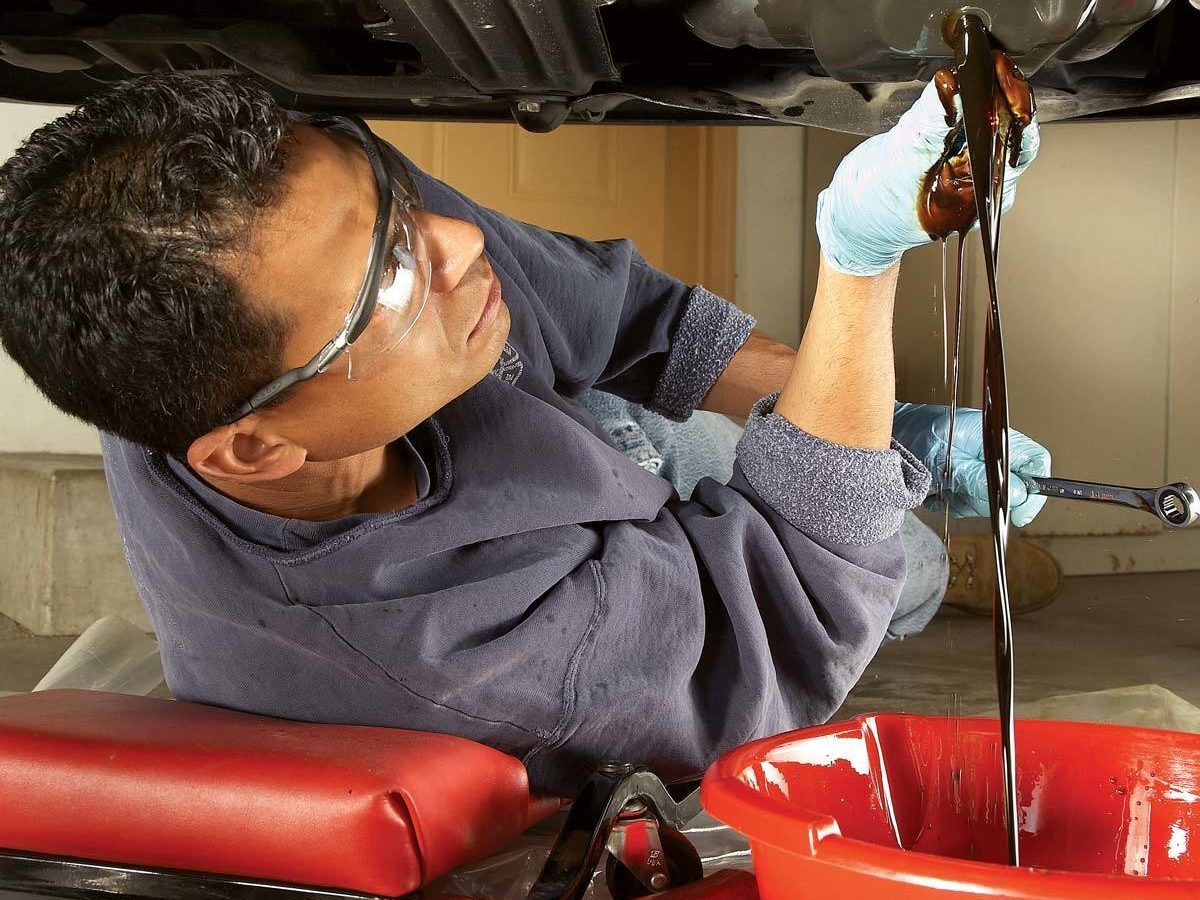
Change Your Oil
